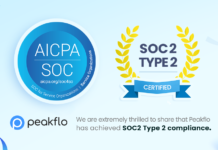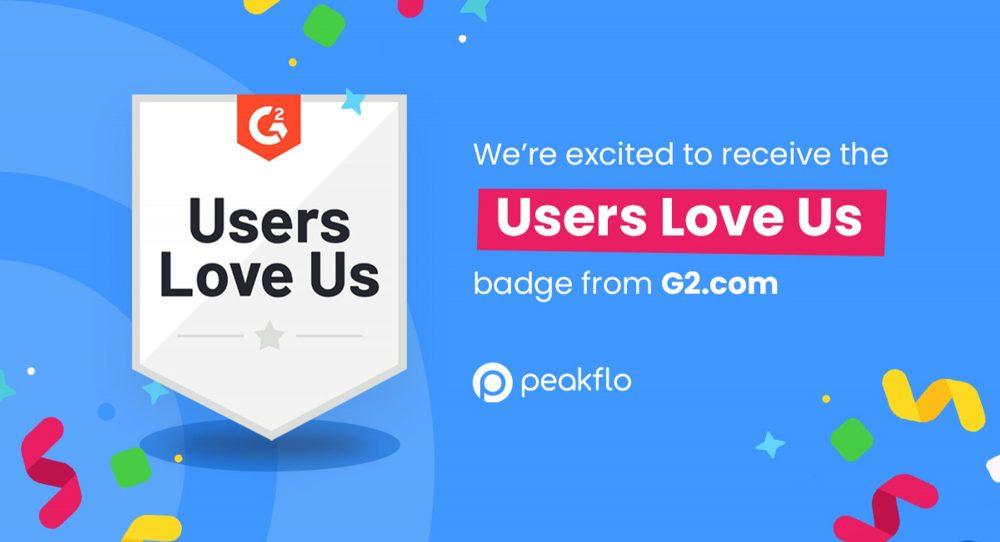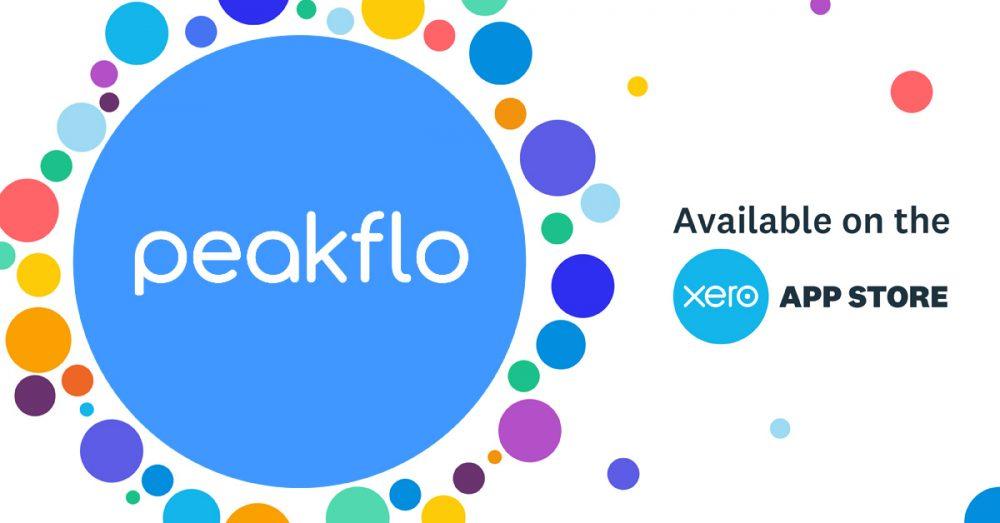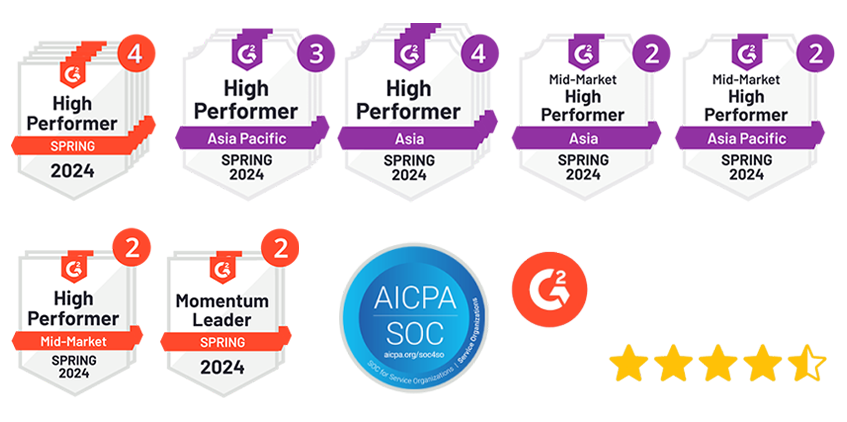AI voice calls have moved well beyond the basic chatbots we’re familiar with. These systems now handle real conversations with customers, managing everything from support inquiries to sales calls. The global call center AI market is projected to grow tenfold in the next decade, and businesses are quickly discovering why this technology matters for their operations.
Deloitte’s 2025 global predictions show that 25% of enterprises already using generative AI expect to deploy AI agents by the end of the year, with that figure projected to double by 2027. This adoption makes sense when you consider that businesses implementing AI voice call agents are seeing up to 90% reduction in their operational costs compared to traditional call centers.
Customer expectations are driving much of this shift. About 71% of consumers now demand personalized interactions and immediate responses to their queries. AI voice phone call technology delivers consistent, scalable performance whether handling inbound support or conducting outbound campaigns. These systems often surpass human agents in efficiency and availability.
Understanding how AI voice call agents work and when to deploy them can give your business a significant competitive advantage. This guide breaks down everything you need to know about this technology, helping you make informed decisions about implementing AI voice calls in your business operations.
What Are AI Voice Calls?
AI voice calls represent sophisticated technology that simulates human-like phone conversations using artificial intelligence. Unlike basic automated systems, these intelligent agents can understand context, interpret intent, and respond naturally to callers. The global voice AI market currently stands at $12 billion and is projected to quadruple by 2029, showing rapid growth in business adoption.
Inbound vs outbound AI voice calls
The distinction between inbound and outbound AI voice calls depends on who initiates the conversation:
Inbound AI voice calls handle customer-initiated contact. These systems answer when customers call seeking support, information, or services. They manage customer queries, process support tickets, facilitate appointment booking, and answer product questions. Inbound AI agents can route calls to appropriate departments based on customer intent, reducing wait times to under 5 seconds compared to the traditional 4.5-minute average.
Outbound AI voice calls are initiated by businesses to reach customers or prospects. These systems conduct sales calls, follow up with leads, confirm appointments, deliver notifications, and gather feedback through surveys. Outbound AI agents can handle 50-100 calls per hour, making them efficient for large-scale outreach campaigns.
How AI voice call agents work

AI voice call agents operate through a chain of technologies working together:
1. Speech Recognition (ASR) – Converts spoken words into text, recognizing different accents and filtering background noise
2. Natural Language Processing (NLP) – Analyzes the text to identify intent, context, and sentiment
3. Decision Processing – Determines the appropriate response by accessing business systems and databases
4. Response Generation – Creates natural-sounding replies based on the conversation context
5. Text-to-Speech (TTS) – Transforms text responses into spoken words with human-like intonation
This entire process happens in seconds, creating a seamless conversation flow that feels natural to callers. Modern AI voice systems can understand interruptions, remember context from earlier exchanges, and adjust their responses based on customer emotions.
AI voice phone call vs traditional calls
The contrast between AI voice calls and traditional call centers shows several key differences:
Availability: AI voice agents provide true 24/7 service, whereas traditional call centers typically operate only 8-10 hours on weekdays. This ensures customers receive assistance regardless of time zone or day.
Scalability: Traditional centers must hire and train staff to handle increased call volumes. AI systems can instantly scale to manage thousands of simultaneous conversations without additional costs or delays.
Cost efficiency: AI voice calls cost approximately $0.30-2 per call compared to $7-15 for traditional agent calls, representing significant operational savings for businesses.
Consistency: Unlike human agents who may provide variable quality due to fatigue or knowledge gaps, AI systems deliver consistently accurate information across all interactions.
Complex issue handling: Traditional call centers currently maintain an edge when dealing with highly complex or emotionally nuanced situations requiring human judgment and empathy.
The most advanced AI voice call systems can maintain natural conversations complete with pauses, handle interruptions, and adapt their tone based on customer sentiment—making them increasingly difficult to distinguish from human agents in routine scenarios.
Common Misconceptions About AI Voice Agents
Many business owners still hold outdated beliefs about what AI voice call agents can and can’t do. These misconceptions often prevent businesses from taking advantage of technology that could significantly improve their operations. Let’s examine the most common concerns that might be holding you back.
Do they replace human agents?
The persistent myth that AI for call centers eliminates jobs misses the real story. AI voice agents complement your team rather than replace them. These systems typically handle about 70% of routine inquiries independently, while the remaining 30% of complex cases are escalated to human staff for resolution. This creates a more effective workflow where AI manages repetitive tasks, freeing your human agents to focus on challenging issues that require empathy and critical thinking.
The optimal approach uses a hybrid model that combines AI efficiency with human judgment. AI voice call technology becomes a virtual team member that handles mundane interactions. When AI manages basic inquiries about office hours or account balances, your human agents can concentrate on solving detailed customer problems or closing deals. This collaboration often improves job satisfaction as employees spend less time on repetitive tasks and more on meaningful customer interactions.
Are AI voice calls legal and ethical?
AI voice phone calls are legal, but they must follow specific regulations. The FCC treats AI voices as artificial or prerecorded under the Telephone Consumer Protection Act (TCPA). These regulations require appropriate consent before recording or analyzing conversations and mandate clear disclosure to customers that they’re interacting with an AI system.
Transparency remains essential from an ethical standpoint. Businesses must inform customers when they’re speaking with an AI agent and explain how their data will be used. AI systems should be designed with ethical principles to prevent deceptive or manipulative practices. The technology should enhance customer experience rather than create frustration or confusion.
Are they only for customer support?
Customer service represents the most common application, but AI voice call agents have expanded far beyond support roles. These systems excel in numerous business functions, including sales outreach, appointment scheduling, payment processing, and even recruiting.
Many AI interview products now perform at or above the level of human recruiters. These systems offer several advantages: candidates can interview at any time, evaluation remains consistent, and the AI often better assesses technical responses than general recruiters.
AI voice agents have proven valuable for training and coaching purposes, particularly in high-salary positions where they function as simulators to improve on-the-job performance. For healthcare providers, financial institutions, and other service-based businesses, AI voice systems handle everything from appointment confirmations to prescription refill reminders, demonstrating their versatility across industries.
Understanding what AI voice agents truly can and cannot do helps you make more informed decisions about integrating this technology into your business operations.
Why Businesses Are Adopting AI Voice Calls

Businesses across industries are rapidly integrating AI voice call technology into their operations for practical reasons that directly impact their bottom line. The adoption rate has accelerated as organizations see substantial returns on their investment.
1. 24/7 availability and instant response
Round-the-clock availability stands out as a primary driver for implementing AI voice call agent systems. Human staff require breaks and work specific hours, but AI agents operate continuously, ensuring customers receive immediate assistance regardless of time zone or day. This eliminates traditional wait times, as callers are engaged the moment they place a call.
The impact becomes particularly significant during off-hours when traditional call centers would be closed. AI systems can handle 30-40% of queries that would otherwise remain unresolved until business hours, addressing the 23% call abandonment rate typical in traditional call centers. For businesses serving global markets, this continuous availability creates a consistent experience across different time zones without requiring a large, around-the-clock human workforce.
2. Cost savings and reduced headcount
The financial benefits of AI for call center implementation are substantial. Businesses can achieve operational cost reductions of 30-60% by automating routine inquiries and tasks. AI-powered voice systems can resolve up to 80% of calls without human intervention, reducing the need for large customer service teams.
Labor typically represents 60-70% of a call center’s operating budget, but AI implementation can reduce this to 30-40% while maintaining or improving service quality. For medium-sized businesses, this shift can generate annual savings between $60,000 and $600,000. AI also reduces turnover-related expenses, as rehiring and training can cost $7,000+ per agent.
3. Improved customer satisfaction
Automation often leads to higher customer satisfaction scores. AI voice systems deliver fast, consistent, and personalized interactions that eliminate common frustrations. With AI handling routine inquiries, first contact resolution rates improve by 30%, enhancing the overall customer experience.
The data supports this impact: businesses using AI voice phone call technology have seen customer satisfaction scores increase by 15-20% and Net Promoter Scores rise by 10-20 points. The instantaneous response capability addresses customer expectations for immediate assistance.
AI’s consistent performance ensures uniform service standards across all interactions, minimizing the variability that can occur with human agents. Companies implementing voice AI solutions have reported satisfaction rates of 85%, significantly exceeding the 60% typically achieved in manual call centers.
Old Tech vs New AI Voice Systems
Image Source: AI Voice Assistant Blog – VoAgents – VoAgents.ai
Call center technology has changed significantly over the past few years. Traditional systems that frustrated customers are giving way to intelligent voice solutions that actually understand what people need. Here’s how modern AI voice call technology compares to the systems businesses have been stuck with for decades.
1. IVR vs AI voice call agent
Traditional IVR systems force callers through endless “Press 1 for this, Press 2 for that” menus. These rigid systems follow pre-recorded scripts and can’t adapt when customers have questions that don’t fit the menu options. AI voice call agents work differently – they use advanced language processing to understand what customers actually want and respond accordingly.
While IVRs follow the same static path for every caller, AI agents create personalized interactions that adapt to each person’s specific needs. The results speak for themselves: IVRs typically achieve 60% satisfaction rates, while AI voice systems reach 85%.
2. Text-to-speech vs voice cloning
Basic text-to-speech technology sounds robotic and impersonal. Modern voice cloning creates realistic synthetic voices that can mimic human speech patterns, tone, and emotional expression. Research shows today’s systems can generate convincing voice replicas with just 3-5 minutes of sample audio.
Voice cloning offers valuable applications in healthcare and accessibility, but it also raises ethical considerations. Many businesses now prefer voice customization that creates distinctive voices rather than cloning existing ones.
3. Manual logging vs AI insights
Traditional call centers require agents to manually write summaries after each call. This process is time-consuming, inconsistent, and often incomplete. AI-powered systems automatically create detailed summaries within 10 seconds of hang-up.
Beyond basic logging, AI analytics detect emotional tone, flag performance gaps, and identify follow-up tasks in real-time. Managers can address issues as they happen instead of discovering problems weeks later during reviews.
4. NLP vs LLM
Natural Language Processing (NLP) handles specific tasks well but struggles with context and ambiguity. Large Language Models (LLMs) represent a major step forward – they understand full conversations rather than just individual sentences.
NLP might correctly categorize a customer’s question, but LLMs can understand the context and provide thoughtful, relevant responses. This difference is crucial when customers have complex problems that require more than scripted answers.
5. Polling vs real-time webhooks
Traditional systems use polling – constantly checking for updates, whether anything has changed or not. This wastes resources since most checks return no new information.
Modern AI for call center platforms uses webhooks that instantly notify systems when events occur. Think of it like getting a text when your friend arrives instead of calling them every five minutes to ask where they are. Webhooks provide real-time data without unnecessary system calls, making them perfect for time-sensitive voice applications.
Must-Have Features in AI Voice Call Platforms
Selecting an AI voice call platform for your business requires careful attention to specific capabilities. These features determine whether your system handles basic tasks or delivers exceptional results that drive real business value.
1. Call concurrency and batch calling
Modern platforms handle thousands of simultaneous calls with sub-second response times and 99.9% uptime. Batch calling lets you upload thousands of contacts and execute calls simultaneously instead of dialing manually, processing 10,000+ calls per hour with 85% success rates. This capability becomes crucial when managing large customer databases or running time-sensitive campaigns.
2. Multilingual support
Top-tier systems offer auto-detection across 10+ languages, including English, Spanish, French, and German. This allows businesses to serve diverse markets using a single phone number, automatically switching languages mid-conversation based on customer preference. For companies with international customers, this feature eliminates the need for separate phone systems in different regions.
3. Call routing and warm transfers
Warm transfers create smooth transitions between AI and human agents. The AI places callers on hold, summarizes the conversation for the team member, and then connects them, reducing average handle time by up to 40%. This prevents customers from repeating their issues and ensures your human agents have full context before taking over.
4. Knowledge base integration
Connecting your AI voice agents to knowledge bases containing FAQs, product information, and troubleshooting guides enables them to deliver accurate, contextual responses. This allows agents to access the right content at precisely the right moment, ensuring consistent information across all customer interactions.
5. Real-time data actions
Webhooks enable instant data transmission whenever events occur, pushing information to your business applications in real-time instead of periodically checking for updates. This capability ensures your systems stay synchronized without delays or manual intervention.
6. Spam prevention and branded caller ID
Verified phone numbers prevent being marked as spam, while branded caller ID displays your business name and logo on incoming calls, significantly improving answer rates. These features are essential for maintaining professional credibility and ensuring your calls actually reach customers.
Peakflo AI Voice Agent
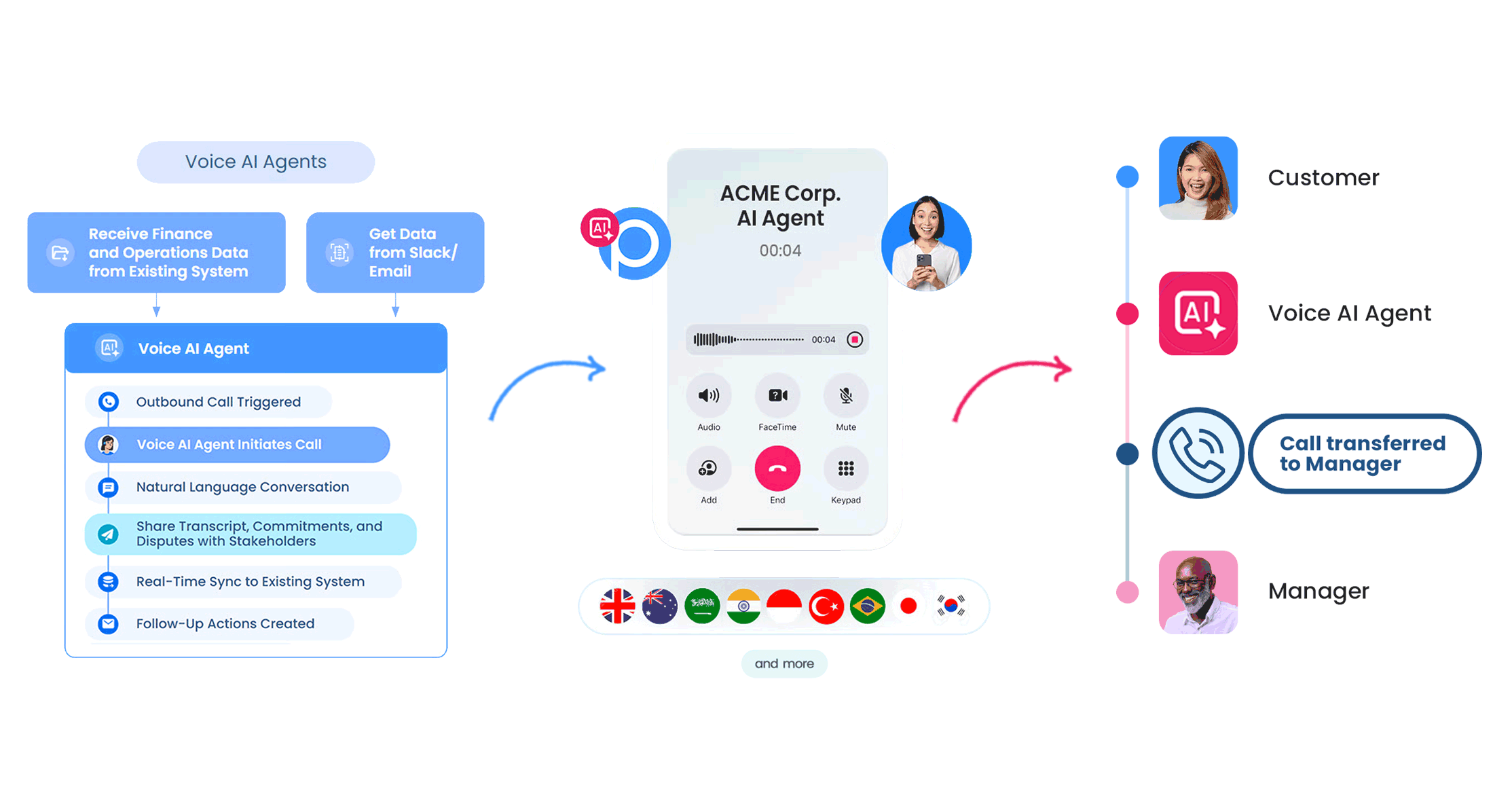
At Peakflo, we’ve built an AI Voice Agent that goes beyond basic automation to handle sales, collections, customer service, and more. Unlike generic call solutions, Peakflo’s agent is designed for real business workflows—whether it’s following up with leads, chasing overdue invoices, confirming payment statuses, resolving customer queries, or supporting vendor communications.
The agent connects seamlessly with your ERP and CRM systems, so every call is powered by real-time data. What sets it apart is its ability to not only converse naturally but also take action on outcomes—from logging detailed summaries and updating your systems instantly to triggering next steps like reminders or escalations.
With multilingual support, branded caller ID, and warm transfer capabilities, the Peakflo AI Voice Agent ensures a professional and consistent experience for every interaction. Businesses using Peakflo have already seen up to 90% cost savings compared to traditional call center setups, faster response times, and measurable improvements in customer satisfaction.
Curious to see how Peakflo AI Voice Agent can transform your business conversations? Book a call with our experts today.
Conclusion
AI voice call technology has come a long way from basic chatbot interactions. These systems now handle real customer conversations, providing businesses with practical benefits like cost reductions of 30-60%, improved customer satisfaction scores, and round-the-clock service availability. The most effective approach combines AI efficiency with human expertise – AI manages routine inquiries while your team focuses on complex issues that require personal attention and problem-solving skills.
Successful implementation requires careful planning and the right platform features. Look for systems that offer high call capacity, knowledge base integration, and spam prevention capabilities. While the setup process needs thoughtful consideration, the potential returns – including operational savings between $60,000 and $600,000 annually for medium-sized businesses – make this investment worthwhile for most organizations.
AI voice calls are becoming standard business practice rather than experimental technology. Companies that adopt these systems now position themselves ahead of competitors while building more efficient operations for the future. The question isn’t whether your business should consider AI voice call technology, but how quickly you can implement it effectively for your specific needs.
FAQs
Q1. How do AI voice calls differ from traditional automated phone systems?
AI voice calls use advanced language processing to engage in natural conversations, understanding context and intent. Unlike rigid IVR systems, AI agents create dynamic, personalized interactions that adapt to the caller’s needs, resulting in higher customer satisfaction rates.
Q2. Are AI voice calls legal and ethical for businesses to use?
Yes, AI voice calls are legal, but they must adhere to specific regulations. Businesses must obtain appropriate consent, disclose that customers are interacting with an AI system, and follow ethical principles to prevent deceptive practices. Transparency is key in maintaining customer trust.
Q3. What are the main benefits of implementing AI voice call technology for businesses?
Key benefits include 24/7 availability, significant cost savings (30-60% reduction in operational costs), improved customer satisfaction scores, and the ability to handle high call volumes efficiently. AI voice agents can also free up human staff to focus on more complex issues.
Q4. How can I tell if I’m speaking to an AI voice agent during a call?
While AI voices have become increasingly natural, you may notice subtle differences like slightly unnatural speech patterns, lack of background noise, or exceptionally quick responses to complex queries. However, many businesses now disclose upfront when you’re interacting with an AI system.
Q5. What essential features should businesses look for in AI voice call platforms?
Key features include high call concurrency, multilingual support, seamless call routing and warm transfers, knowledge base integration, real-time data actions, and spam prevention measures. These capabilities ensure efficient, personalized, and secure customer interactions.










![Why AI Sales Calls Are Making Good Sales Reps Even Better [2025 Guide] ai sales calls](https://blog.peakflo.co/wp-content/uploads/2025/09/65168cf6-3001-4733-8cbc-12d5684cf449-218x150.webp)




























